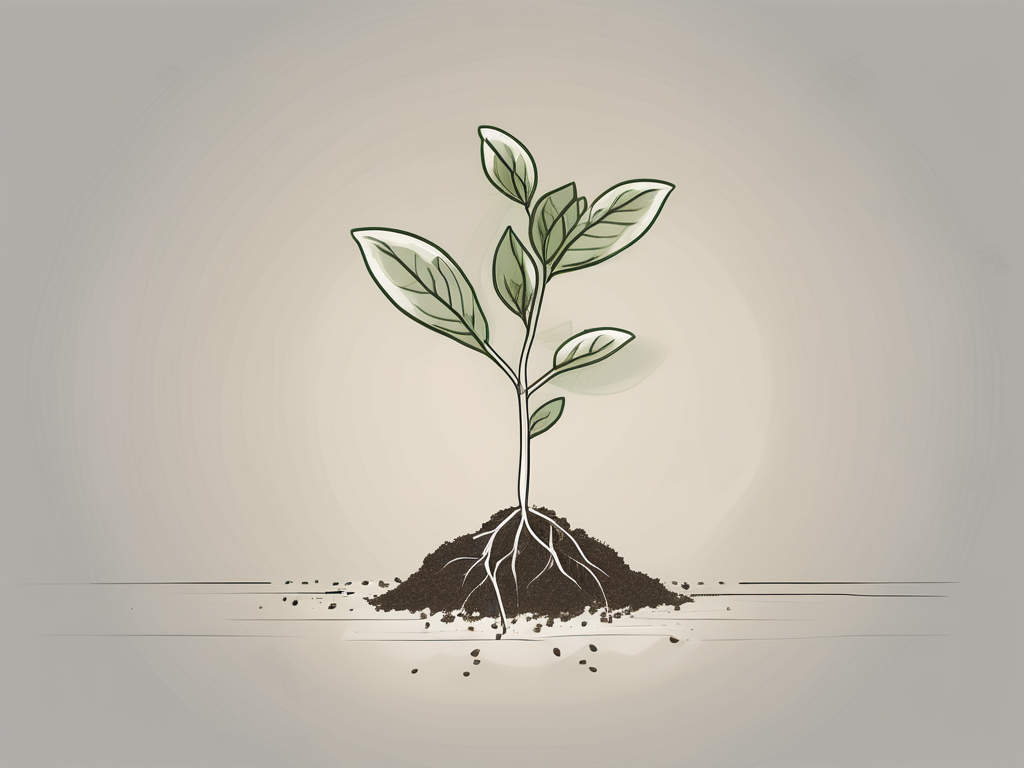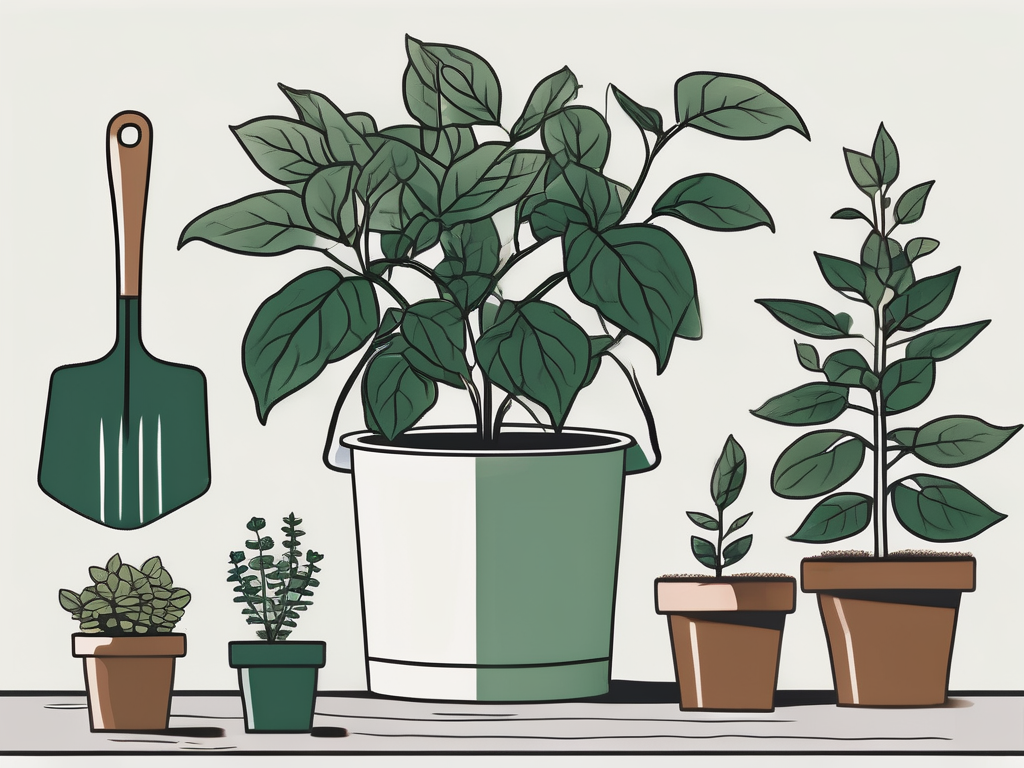
Philodendrons are more than just attractive houseplants; they're also incredibly beneficial for your home and well-being. These tropical beauties are often praised for their lush foliage and adaptability, making them a popular choice among plant lovers. But have you ever wondered what makes philodendrons such a great addition to your home?
In this article, we'll explore the many benefits of philodendrons, from their air-purifying abilities to their role in enhancing interior design. We'll also dive into some practical tips on how to care for these plants and keep them thriving. Whether you're a seasoned plant parent or just getting started, you'll find plenty of valuable insights here.
Philodendrons: Nature's Air Purifiers
One of the standout benefits of philodendrons is their remarkable ability to purify the air. In fact, NASA's Clean Air Study identified philodendrons as one of the top plants for removing common indoor toxins like formaldehyde, benzene, and trichloroethylene. These harmful chemicals often come from household products and can contribute to poor indoor air quality.
So, how do philodendrons work their magic? It's all about the leaves. The broad surface area of philodendron leaves allows them to absorb more carbon dioxide and release more oxygen, effectively filtering out toxins. This means that having a few philodendrons around can significantly improve the air quality in your home, making it a healthier place to live.
Imagine walking into a room filled with fresh, clean air, thanks to your trusty philodendrons. It's like having a natural air purifier that not only looks beautiful but also contributes to your well-being. Plus, the process of photosynthesis helps boost oxygen levels, which can enhance your mood and concentration. Who knew plants could be so powerful?
Low Maintenance, High Reward
If you're new to the world of houseplants, philodendrons are a great place to start. They're known for their easy-going nature and ability to thrive in a variety of conditions. Unlike some fussy plants that require constant attention, philodendrons are quite forgiving and can tolerate a bit of neglect.
Here are a few reasons why philodendrons are considered low-maintenance:
- Light Tolerance: Philodendrons can adapt to different lighting conditions, from bright, indirect light to low-light environments. This makes them versatile enough to fit into various spots around your home.
- Watering Needs: They don't need frequent watering like some other plants. Allow the soil to dry out slightly between waterings, and they'll be just fine. Overwatering is one of the few things they don't tolerate well, so it's better to err on the side of caution.
- Temperature Resilience: Philodendrons are comfortable at typical room temperatures, anywhere between 60°F and 80°F (15°C to 27°C). Just keep them away from cold drafts or sudden temperature changes.
With such straightforward care requirements, philodendrons are perfect for busy individuals or those who might not have a green thumb. You can enjoy the beauty and benefits of these plants without spending hours tending to them. It's like having a little slice of nature's simplicity right in your home.
Philodendrons and Interior Design
Beyond their health benefits, philodendrons are also a fantastic addition to any interior design scheme. Their lush leaves and vibrant greenery can bring life to even the dullest of spaces, adding a touch of nature's elegance to your home.
One of the reasons philodendrons are so popular in interior design is their versatility. They come in various shapes and sizes, from trailing varieties like the Heartleaf Philodendron to the striking split-leaf Philodendron (Monstera Deliciosa). This diversity allows you to choose a plant that perfectly fits your style and space.
Here are a few ways to incorporate philodendrons into your home decor:
- Hanging Baskets: Trailing philodendrons look stunning in hanging baskets, cascading down like green waterfalls. Hang them in corners or near windows to create a relaxing, tropical vibe.
- Tabletop Accents: Smaller philodendron varieties can make great tabletop accents. Place them on coffee tables, desks, or shelves to add a touch of greenery to your daily routine.
- Statement Pieces: Larger philodendrons, like the Monstera Deliciosa, can serve as statement pieces in your living room or entryway. Their bold leaves and impressive size make them natural focal points.
Whether your style is modern, bohemian, or somewhere in between, philodendrons can seamlessly blend into your decor, enhancing the overall aesthetic of your home. They're like living art pieces that evolve and grow, adding character and charm to your surroundings.
Boosting Mental Well-being
Did you know that being around plants can have a positive impact on your mental health? It's true! Studies have shown that interacting with plants and having them in your environment can reduce stress, increase productivity, and even improve mood. Philodendrons, with their calming presence and air-purifying abilities, are no exception.
There's something inherently soothing about tending to plants, and philodendrons are no different. Whether you're pruning their leaves, watering them, or simply admiring their beauty, these activities can provide a sense of calm and relaxation. It's like a mini mindfulness practice in your daily routine.
Moreover, having a bit of greenery around can remind us of the natural world, helping to create a tranquil atmosphere that can melt away the stresses of the day. It's a gentle nudge to slow down and appreciate the simple joys in life.
By introducing philodendrons into your home, you're not just adding a touch of nature; you're also creating an environment that nurtures your mental well-being. These plants can be a source of joy and comfort, making your home a happier, healthier place to be.
Philodendrons and Pet Safety
As much as we love our furry friends, it's crucial to consider their safety when choosing houseplants. Some plants can be toxic to pets, causing anything from mild irritation to more serious health issues if ingested. The good news is that philodendrons are generally considered low-risk for pets.
While philodendrons aren't completely non-toxic, they're not as dangerous as some other houseplants. Ingesting philodendron leaves might cause mild symptoms like drooling or stomach upset in pets, but serious effects are rare. However, it's always a good idea to keep plants out of reach of curious pets, just to be safe.
If you're concerned about pet safety, here are a few tips to help:
- Placement: Keep philodendrons on high shelves or in hanging baskets to prevent pets from reaching them.
- Training: Train your pets to stay away from plants by using positive reinforcement techniques.
- Pet-Friendly Alternatives: Consider planting pet-friendly herbs or grasses that your furry friends can safely nibble on.
With a little planning and precaution, you can enjoy the beauty of philodendrons without compromising your pet's safety. It's all about finding that perfect balance between a green home and a happy, healthy pet.
Choosing the Right Philodendron for Your Home
With so many varieties of philodendrons available, choosing the right one for your home can be exciting yet daunting. Each type has its unique charm and care needs, so it's essential to consider your space and preferences before making a choice.
Here are some popular philodendron varieties to consider:
- Heartleaf Philodendron: Known for its heart-shaped leaves and trailing vines, this variety is perfect for hanging baskets or shelves. It's low-maintenance and ideal for beginners.
- Philodendron Brasil: With striking variegated leaves featuring shades of green and yellow, the Philodendron Brasil adds a splash of color to any space.
- Monstera Deliciosa: Often referred to as the "Swiss Cheese Plant," this variety is known for its large, split leaves. It's a statement piece that thrives in bright, indirect light.
- Philodendron Selloum: Also known as the Tree Philodendron, this variety has deeply lobed, glossy leaves and can grow quite large, making it a great choice for spacious areas.
When choosing a philodendron, consider factors like the size of your space, the lighting conditions, and your level of commitment to plant care. Whether you prefer a compact plant for a small apartment or a dramatic centerpiece for a large room, there's a philodendron variety to suit your needs.
Philodendron Care Tips
While philodendrons are relatively low-maintenance, a little care goes a long way in keeping them healthy and thriving. Here are some essential care tips to help your philodendrons flourish:
- Lighting: Provide bright, indirect light for optimal growth. Avoid direct sunlight, as it can scorch the leaves.
- Watering: Water when the top inch of soil feels dry. Be cautious not to overwater, as philodendrons are prone to root rot.
- Humidity: Philodendrons love humidity, so consider misting them occasionally or placing a humidity tray nearby.
- Fertilizing: Fertilize with a balanced houseplant fertilizer every 4-6 weeks during the growing season (spring and summer).
- Pruning: Trim any yellow or damaged leaves to encourage healthy new growth.
With these simple care tips, your philodendrons can thrive and bring beauty to your home for years to come. Remember, each plant is unique, so pay attention to its specific needs and adjust your care routine as necessary.
Dealing with Common Philodendron Issues
Even with the best care, philodendrons can sometimes encounter issues. The good news is that most problems are easy to address with a bit of attention and care. Here are some common issues and how to tackle them:
Yellowing Leaves
Yellowing leaves can be a sign of overwatering or insufficient light. Check the soil moisture and adjust your watering schedule if necessary. Ensure your philodendron is receiving adequate indirect light.
Pest Infestations
Philodendrons can occasionally attract pests like spider mites or aphids. If you notice any signs of infestation, such as webbing or sticky residue, try washing the leaves with a gentle soap solution or using an insecticidal spray.
Root Rot
Root rot is a common issue caused by overwatering. If you suspect root rot, gently remove the plant from its pot, trim any affected roots, and repot in fresh, well-draining soil.
By keeping an eye on your philodendrons and addressing issues promptly, you can ensure they remain healthy and vibrant. It's all about learning to read your plants and responding to their needs in a timely manner.
Propagating Philodendrons
One of the joys of owning philodendrons is their ease of propagation. Whether you want to expand your plant collection or share cuttings with friends, propagating philodendrons is a rewarding process that anyone can try.
Here's a simple step-by-step guide to propagating philodendrons:
- Choose a Healthy Stem: Select a healthy stem with at least two nodes (the small bumps where leaves grow).
- Make the Cut: Using clean, sharp scissors, cut just below a node. Remove any leaves from the lower part of the cutting.
- Root the Cutting: Place the cutting in a jar of water, ensuring the nodes are submerged. Change the water every few days to keep it fresh.
- Wait for Roots to Grow: Within a few weeks, you should see roots developing. Once the roots are a few inches long, you can plant the cutting in soil.
Propagation not only allows you to grow new plants but also gives you the satisfaction of nurturing life from a simple cutting. It's a fun and easy way to share the joy of philodendrons with others or to fill your home with even more greenery.
Final Thoughts
Philodendrons truly offer a wide range of benefits, from purifying the air to enhancing your home's decor and boosting mental well-being. They're easy to care for, versatile, and make a wonderful addition to any plant collection.
At Cafe Planta, we're passionate about helping you care for your plants and create beautiful, thriving spaces. If you have any questions or need advice, don't hesitate to reach out via email or Instagram. We're here to support you on your plant journey and share our love of nature with you.












